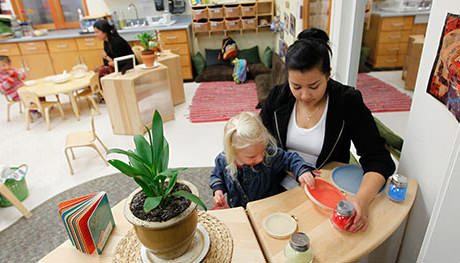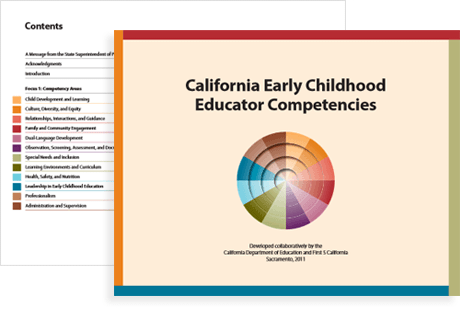The early childhood experience involves planning for a variety of environments. The physical environment may be the first one that comes to mind. But the social, intellectual, and emotional environments are equally important and critical to children's overall well being. Remember that the environment — in all of its aspects — is our partner in providing high quality early childhood programs.

As early childhood practitioners, we strive for BEST PRACTICE. But how is "best" possible when a teacher must also implement an IEP or IFSP for a child in her care? Let's listen to a group of teachers talk about how they integrate IEP and IFSP goals into their curriculum.
In our work, we continually negotiate integrating the learning goals of individual children and the group's learning goals. How does our environment meet those goals? How do you explain having a piece of equipment exclusively for the use of one child in a group setting? What materials are offered in your setting that can be used by all children of differing abilities?
Take photographs or make sketches of the different areas in your environment. Examine them closely, and then…
Use this template to record your observations, thoughts, and feelings. Download the Template
Deepen your understanding of these Topics: Universal design for learning in Performance Area 2 and Individualized Family Service Plan (IFSP) and Individualized Education Program (IEP) teams in Performance Area 3 of the CA ECE Competencies. Scroll to pages 62 and 65.
Can you find other places in this competency area that address these questions?

The California Inclusion and Behavior Consultation Network offers technical assistance for dealing with challenging child behaviors.
View this video about Isabella, a child with vision impairment, and her mother, Elizabeth. See how her teachers made simple but useful accommodations to support Isabella’s needs.